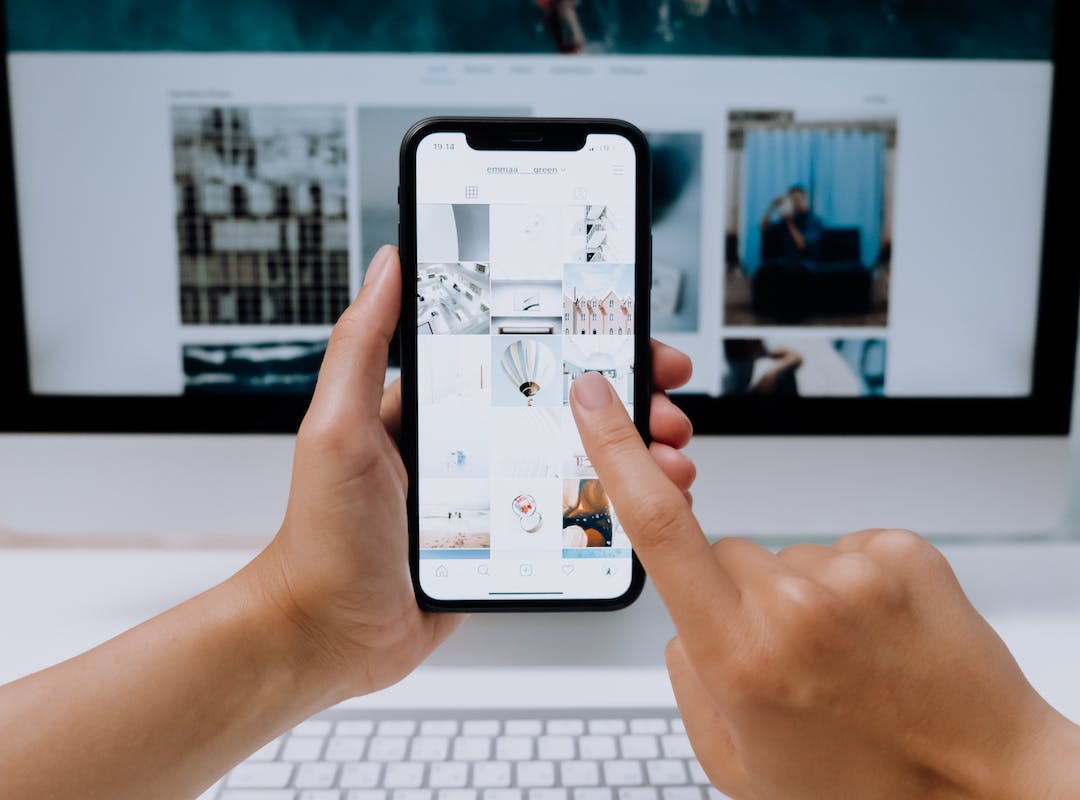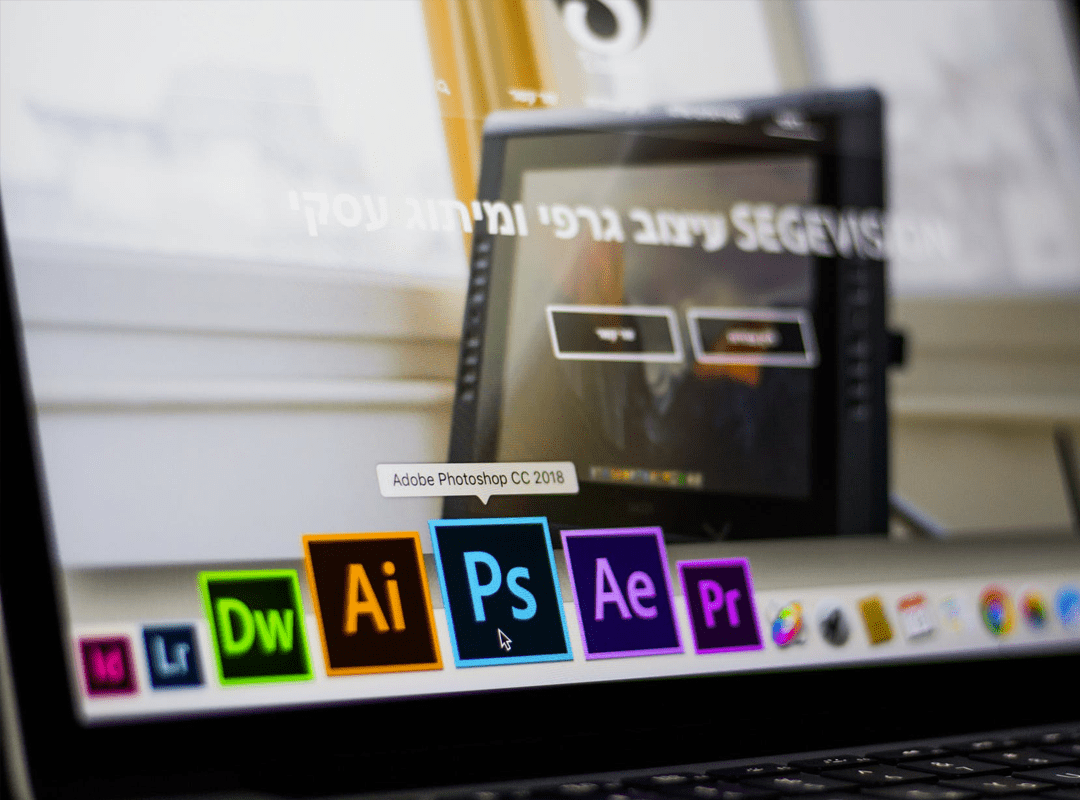The importance of developing a unique visual identity cannot be overstated, as it is a fundamental step in the process of creating a remarkable brand identity. However, not only does it create an outstanding brand identity, but it also helps to define the look and feel of a brand. In this article, you will learn about how to develop a unique visual identity to create a cohesive and consistent brand image.
A unique visual identity differentiates it from its competitors. So if you’re unsure of how to develop a unique visual identity, you are reading the right piece! But before delving into that, let’s get familiar with the meaning of visual identity.
What Is Visual Identity?
Visual identity, also known as brand identity, is a consistent set of visual elements that represent a company or an organization. It usually comprises various elements, including logos, color schemes, typography, and imagery. All these elements are used to create a cohesive and recognizable brand image. It is crucial to understand how to develop a unique visual identity in order to improve your brand’s presence in the market. It is noteworthy that a well-defined and strong visual identity helps to establish a brand’s personality and create a lasting impression on customers. Furthermore, it is a significant component of a successful branding strategy. Read our blog on BUILD AN EFFECTIVE BRAND STRATEGY- A STEP BY STEP GUIDE to learn more about how you can build an effective brand strategy for your business.
Having said this, let’s discuss the steps needed to develop a unique visual identity in the next session. By following these steps and staying true to your brand values, you can create a strong and memorable visual identity that sets you apart from your competitors and helps you build a loyal customer base. Read our blog on FUNDAMENTALS OF GRAPHIC DESIGNING- CAPTURE CUSTOMERS EFFORTLESSLY to understand how you can attract customers’ attention with appealing designs by implementing the fundamentals of graphic design.
Top 7 Steps to Develop a Unique Visual Identity
1. Define Your Brand’s Values and Personality
To understand how to develop a unique visual identity the first and foremost step is to define your brand’s value. What makes your brand unique and what values do you want to communicate to your audience? Is your brand fun and playful, or serious and professional? Understanding these aspects of your brand helps guide the other decisions you make. However, if you are unsure of how to go about this, you can consult marketing strategists. With them, you can be sure of building a brand that is designed for potential audiences and building brand awareness campaigns. Read our blog on DIFFERENT BRAND MARKETING STRATEGIES FOR DIFFERENT BRAND ORGANISATIONS to learn effective tips on how you can build a strong presence for your brand in the market.
For instance, if your brand values are innovation and sustainability, you might choose a trendy and clean visual identity with eco-friendly colors and imagery. If your brand positioning is luxury and intricacy, you might choose a more formal and elegant visual identity with upscale colors and typography. This first step of how to develop a unique visual identity will help you create a base for your unique designs.
2. Research Your Competitors
It’s noteworthy to research your competitors to understand how they are positioning themselves and what visual elements they are employing. Competitors analysis is crucial to understand how to develop a unique visual identity. This helps you distinguish your brand and avoid using visual elements that are already being utilized by your competitors. To do this, take a look at your competition and see what their visual identities look like. Try to know what works well for them and what does not. Also, review other ways to differentiate your brand from your competition through your visual identity. Read our blog on TOP MARKET RESEARCH TOOLS AVAILABLE ONLINE to learn about the different online tools that can help you easily carry out your competitors’ research.
3. Create a Mood Board
A mood board, also known as a visual style guide, is a collection of visual elements, such as images, colors, and typography. This guide helps you ensure consistency in your branding across all materials and channels. To create a mood board, start by gathering inspiration from various sources, including design blogs, Pinterest, and your research. Select visual elements that reflect your brand values and positioning and that appeal to your target audience. Then, organize the visual elements into a cohesive design, paying attention to color, typography, and imagery. Creating a mood board will make it easier for you to understand how to create a unique visual identity.
4. Design Your Logo
Your logo is one of the most critical elements of your visual identity. This step clarifies your doubt about how to develop a unique visual identity for your brand. It’s the symbol that represents your brand and should be unique, remarkable, and easily recognizable. To design a logo, start by sketching out different concepts and ideas. Consider the shape, font, and colors that best reflect your brand values and positioning. It’s also important to ensure that your logo is simple and easy to read at small sizes, as it will be used on a variety of media, including your website, business cards, and social media profiles. You can hire a professional graphic designer to help you create a logo that truly represents your brand. Read our blog on TIPS FOR DESIGNING A GOOD COMPANY LOGO to learn about effective ways that will help you create unique logo designs.
5. Develop a Color Palette
As you know, colors play an important role in branding and can significantly impact the perception of your brand. Different colors can evoke different emotions and associations, so it’s important to choose colors that align with your brand values and positioning. To develop a color palette, start by selecting a few key colors that reflect your brand personality. To answer your question about how to develop a unique visual identity, you must develop a color palette. Consider the meanings and associations of different colors and choose colors that align with your brand values and positioning. For instance, blue is often associated with trustworthiness and reliability, while green is associated with nature and eco-friendliness. Read our blog on EXPERT TIPS FOR PICKING UP THE RIGHT COLOUR PALETTE FOR A DESIGN to learn about effective tips that will help you pick up the right colour palette for your design.
6. Choose Typography
Typography is an important element of your visual identity, as it can significantly impact readability. The fonts you choose can also impact how people perceive your brand. So, use fonts that are legible and easy to read, and that reflect your brand’s personality. Avoid using too many different fonts, as this can be complicated and cluttered. Choosing fonts will help you understand how to develop a unique visual identity for your brand.
7. Implement Your Visual Identity
Once you have developed your visual identity, it is vital to consistently use it across all materials and channels. This includes your website, social media profiles, business cards, and any other marketing materials.
As stated in the introduction, developing a unique visual identity is an important step in building a strong and recognizable brand. With these steps, surely, you have now understood how you can develop a unique visual identity. It truly represents your brand and sets you apart from the competition. However, it’s important to remember that visual identity is not a one-time project, but rather an ongoing process. To effectively communicate and maintain your visual identity over time, it’s essential to consistently apply your brand guidelines, review and update them as needed, and engage with your audience through various channels.














